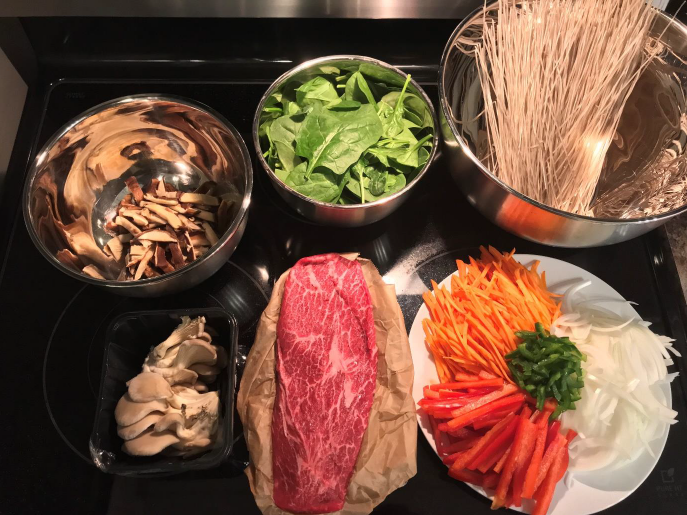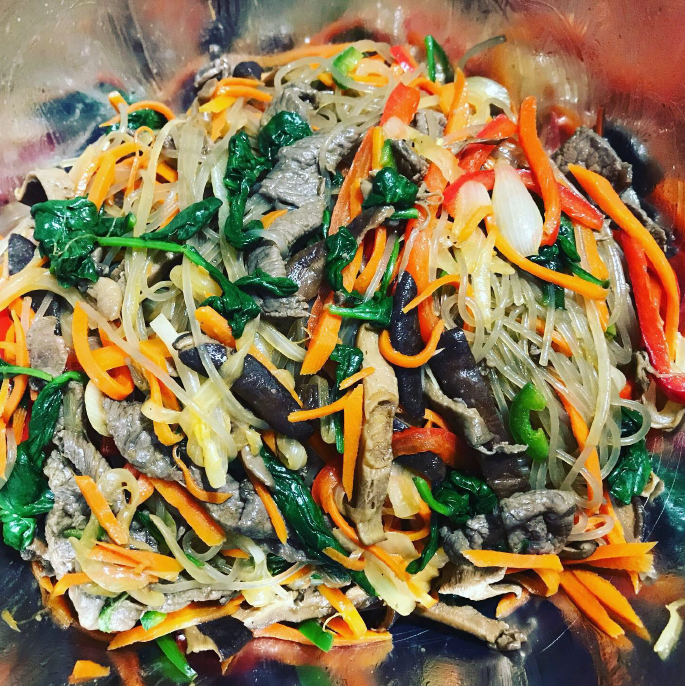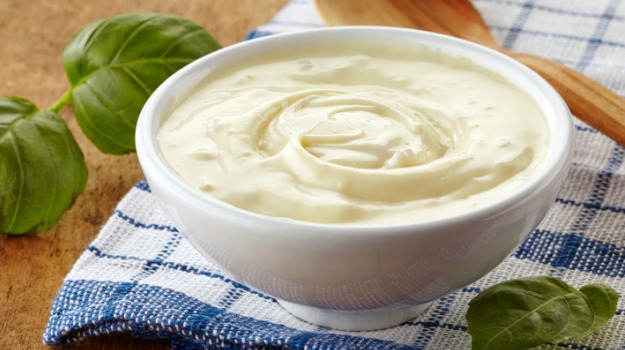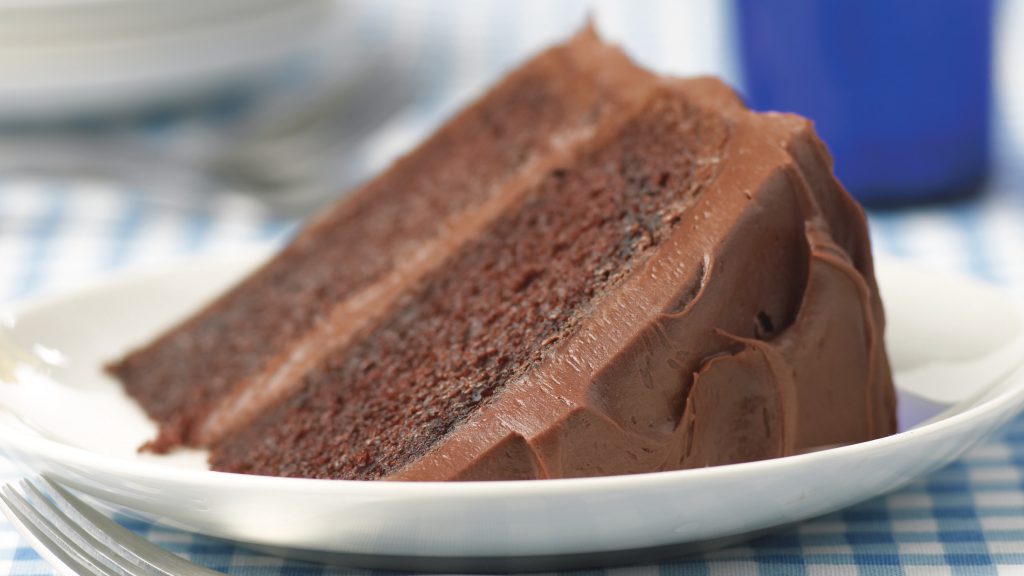Kimchi for the Soul
Hey, everyone! This week, I really wanted to highlight one of my all-time favorite foods to make and eat. Since it’s Napa cabbage and Joseon radish season, it’s the perfect time to make some lovely Kimchi! Traditionally in Korea, a great harvest takes place during late fall, when a year’s worth of Kimchi is made. This event, called Kim-Jang, brings together an entire community for making hundreds and hundreds of heads of Kimchi. This is then shared by families and community members. Kimchi is a staple food in Korea, and what better way to use the harvest then to make lots of it! Nowadays, most people make Kimchi for their families and most people’s recipes and ratios differ from household to household.
One of the reasons why I love Kimchi so much is that it’s incredibly versatile. It can be used as a side dish, a base for soups or stews, stir fried, boiled, and so on. When you get the hang of making Kimchi, you can start to experiment by adding other ingredients that you like that are fit to ferment. In some parts of Korea, you can find thinly sliced carrot in Kimchi as well as a certain type of seaweed. A handful of chefs and culinarians in Korea and around the world have taken it upon themselves to make Kimchi with just about anything. I recently had pear Kimchi, which was actually really refreshing. I would say the most important things about making Kimchi are to salt, wash, and drain your cabbage well, have everything measured out and ready to use, and to really focus on making a flavorful paste to smother your cabbage with.
I have been lucky enough to taste some incredible Kimchi in the past few years and have learned how to make a delicious, traditional Kimchi. This recipe can be modified to make either Pogi Kimchi (whole cabbage) or Gat Kimchi (cut-up cabbage). When I first learned about all the ingredients that go into Kimchi, I was amazed at such a combination. My wife’s mom makes the most incredible Kimchi, and learning what her secrets and procedures were really inspired me to start making more at home. I would like to put a disclaimer out there right now and say that I am not going to disclose exactly what goes into the broth for my mother-in-law’s Kimchi. However, a simple broth of vegetables and Dashima (also referred to as Kombu) works well for this and is what I will include in the recipe. As silly as this may sound, this is another one of those dishes in which you can really taste the love if you put in the time and effort. People typically spend all day making Kimchi and will sometimes make enough for months if not a full year. The recipe below is good for one head of Napa cabbage. As the weight of a cabbage does range, I’ll also say that the cabbage should weigh about three pounds.
Ingredients:
- 1 head Napa cabbage
- 1 Joseon radish
- 2 bunches spring onions
- 1 cup red pepper flakes
- ½ cup anchovy fish sauce
- ¼ cup salted shrimp
- 3 tablespoons sugar
- 1 onion
- ½ head of garlic
- 1 thumb of ginger
- 1 jalapeño (optional)
- ½ cup sweet rice
- 3 cups seaweed and vegetable broth
Procedure:
- Cut cabbage into quarters and submerge in a brine of 1 part salt and 10 parts water.
- Leave in brine for 12 hours, then remove and wash thoroughly.
- Let the water drain from the salted cabbage for 2 hours in a colander.
- Take any trimmings from the cutting process and make a stock with that, 2 slices of Dashima, and 4 cups of water.
- Reduce the broth down to 3 cups, strain, and make sticky rice paste.
- Boil, then simmer rice until a paste and cool.
- In a food processor, blend the onion, garlic, ginger, and jalapeño, if using.
- Once blended into a paste, add to a mixing bowl and combine with salted shrimp, fish sauce, sugar, and red chili flakes to make the paste.
- Cut spring onions into 2-inch pieces.
- Julienne the Joseon radish after scrubbing the outside of it. Do not peel.
- Add radish and spring onion to the paste and prepare a workstation that can handle a potential mess.
- Between each layer of cabbage leaves, smear the paste and make sure to cover every part of the cabbage.
- Place these smothered cabbage quarters in a container and let sit out 1-3 days, depending on how sour you want your Kimchi.
- Your Kimchi is now ready to eat!
A few pointers for making Kimchi are that you want to let the radish and the paste sit together for about half an hour before using on your cabbage. Also, it’s important to recognize that Kimchi keeps fermenting in your fridge, so you don’t want it sitting out of the fridge for too long. For most beginners who have never tried Kimchi, I would recommend letting it sit out for 1 day and then refrigerating it to maintain a slow fermentation. I always love making this, and I hope this recipe gives people the ability to make some proper, delicious Kimchi. Thank you for reading and have a great week!

 Japchae ingredients
Japchae ingredients A delicious stir-fry dinner ready to eat!
A delicious stir-fry dinner ready to eat! Make your own delicious homemade mayonnaise today!
Make your own delicious homemade mayonnaise today! Double Chocolate Mayo Cake
Double Chocolate Mayo Cake